

Some of the Milky Way's 'celebrity stars' - opulent, attention-getting, and short-lived - can be found in this Hubble image of the glittering star cluster.
Known as Trumpler 14, the cluster is located 8,000 light-years away in the Carina Nebula, a huge star-formation region in our galaxy.
Because the cluster is only 500,000 years old, it has one of the highest concentrations of massive, luminous stars in the entire Milky Way.
Astronomers estimate that around 2,000 stars reside within Trumpler 14.
Like some Hollywood celebrities, the stars will go out in a flash. Within just a few million years they will burn out and explode as supernovae.
But the story's not over. The blast waves will trigger the formation of a new generation of stars inside the nebula in an ongoing cycle of star birth and death.
Around 1,100 open clusters have so far been discovered within our galaxy, although many more are thought to exist.
Trumpler 14 is not only one of the most populous clusters within the Carina Nebula, but also the youngest.
'Despite their youth, these stars are making a huge impact on their environment. They are literally making waves,' according to Esa.
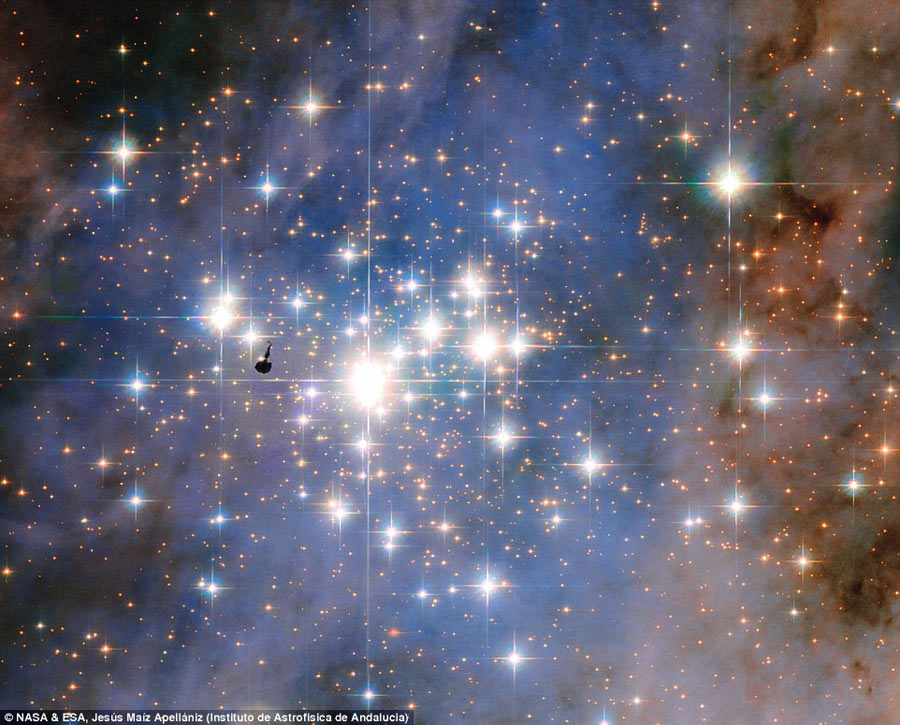
Resembling an opulent diamond tapestry, this image by Hubble shows a glittering star cluster that contains a collection of some of the brightest stars seen in the Milky Way. Called Trumpler 14, it is located 8,000 light-years away in the Carina Nebula. The small, dark knot left of center of the image is a nodule of gas laced with dust, and seen in silhouette.
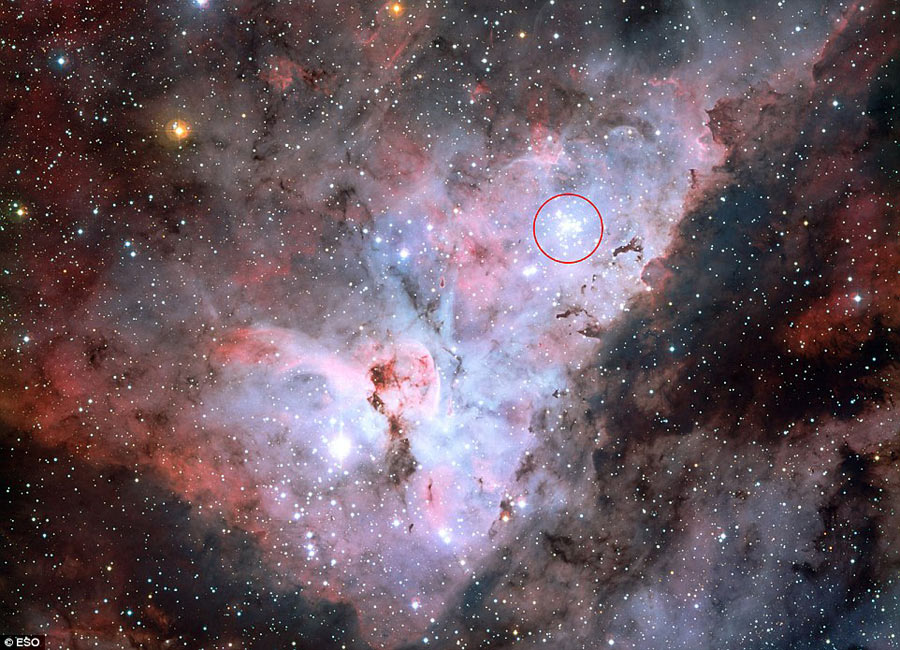
This colour-composite image of the Carina Nebula reveals exquisite details in the stars and dust of the region. The open star cluster Trumpler 14, a collection of very bright, young stars within the Carina Nebula, is marked with a red circle. To the bottom left of the image is one of the most impressive binary stars in the Universe, Eta Carinae, with the famous Keyhole Nebula just adjacent to the star.
'As the stars fling out high-speed particles from their surfaces, strong winds surge out into space.
'These winds collide with the surrounding material, causing shock waves that heat the gas to millions of degrees and trigger intense bursts of X-rays.
'These strong stellar winds also carve out cavities in nearby clouds of gas and dust, and kick-start the formation of new stars.
The arc-shaped cloud seen at the very bottom of this image is believed to be caused by such a wind.
It is thought to be a bow shock created by the wind flowing from the nearby star Trumpler 14 MJ 218.
The small, dark knot left of center is a nodule of gas laced with dust, and seen in silhouette.
Astronomers believe this star to be moving through space at some 217,500 miles (350,000 km/h), sculpting the surrounding clumps of gas and dust as it does so.
Astronomers estimate that around 2,000 stars reside within Trumpler 14, ranging in size from less than one tenth to up to several tens of times the mass of the sun.
The most prominent star in Trumpler 14, and the brightest star in this image, is the supergiant HD 93129Aa. It is one of the most brilliant and hottest stars in our entire galaxy.
Day|Week

 Chinese pole dancing master opens class in Tianjin
Chinese pole dancing master opens class in Tianjin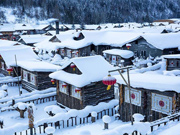 The most beautiful town of snow in China
The most beautiful town of snow in China SWAT members hold romantic wedding in E China
SWAT members hold romantic wedding in E China Breathtaking scenery and simple lifestyle in Hainan
Breathtaking scenery and simple lifestyle in Hainan Finding sexiest underwear supermodels
Finding sexiest underwear supermodels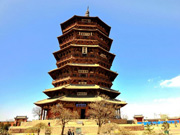 Top 10 ancient pagodas in China
Top 10 ancient pagodas in China Chinese version of Victoria's Secret Show held in Hunan
Chinese version of Victoria's Secret Show held in Hunan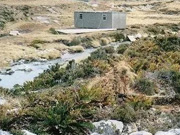 Can you find out the sniper hiding in camouflage?
Can you find out the sniper hiding in camouflage? Spectacular rockets launch scenes
Spectacular rockets launch scenes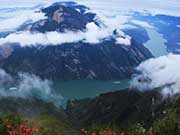 Spectacular aerial photos of the Three Gorges
Spectacular aerial photos of the Three Gorges